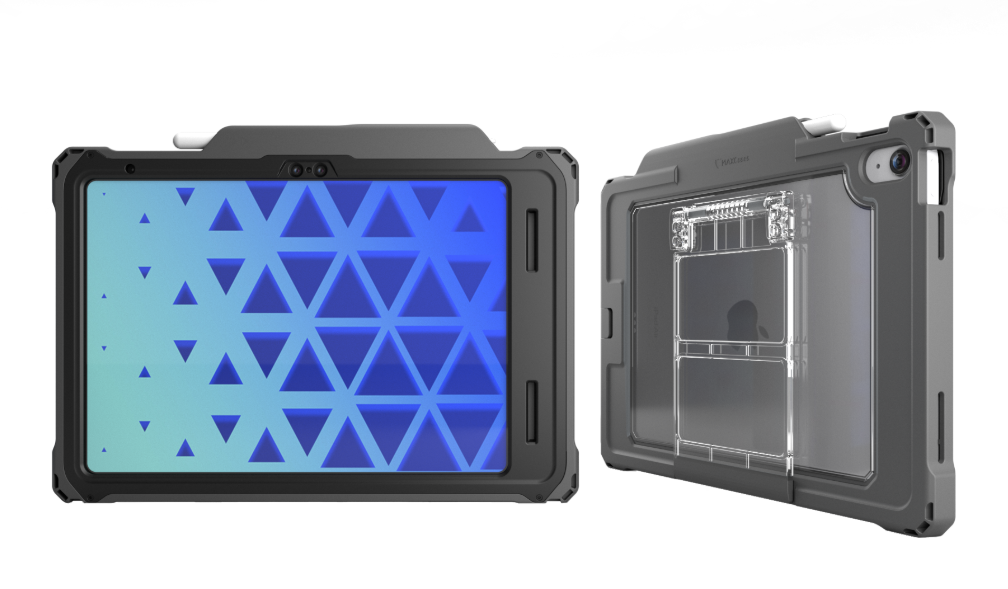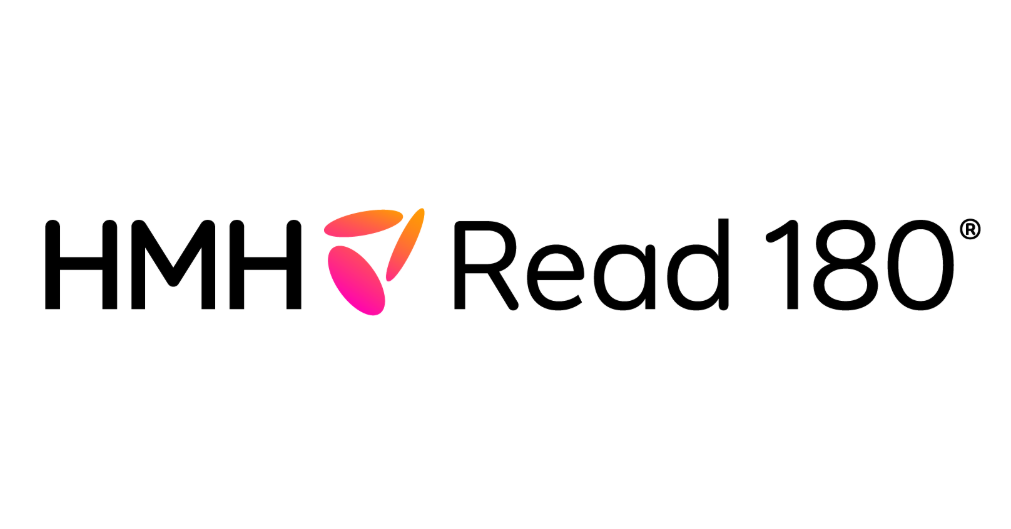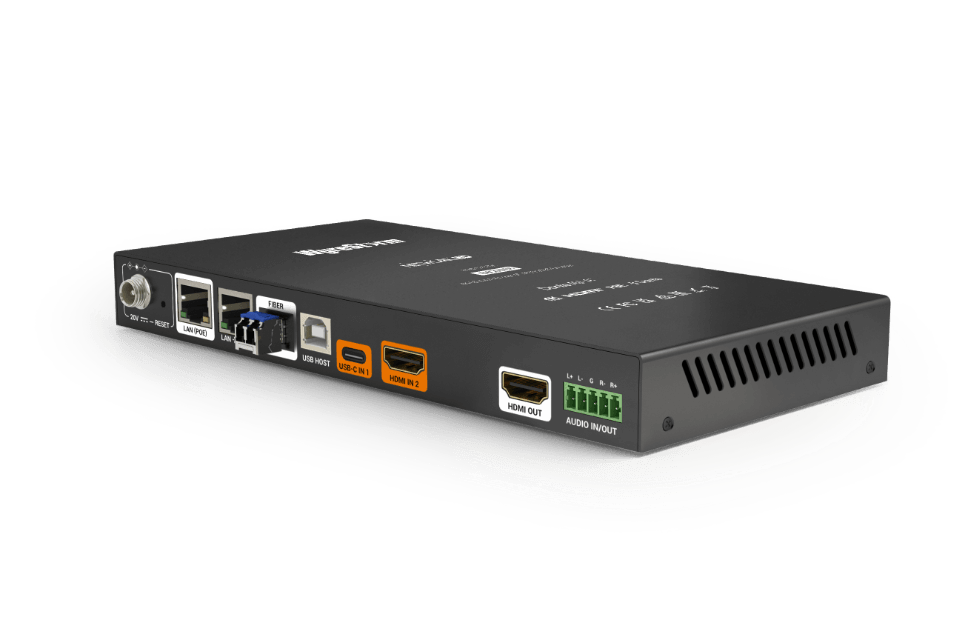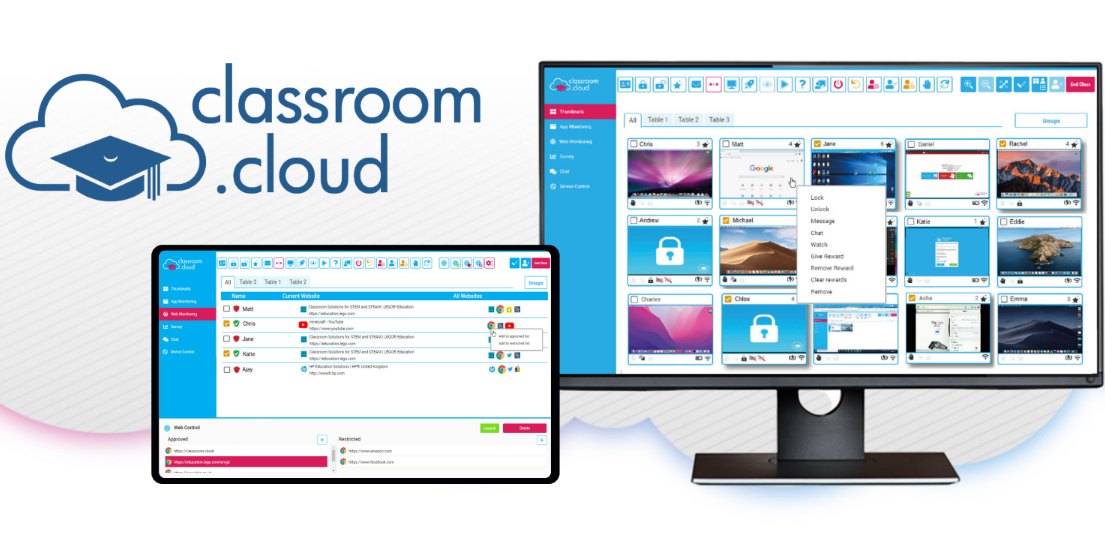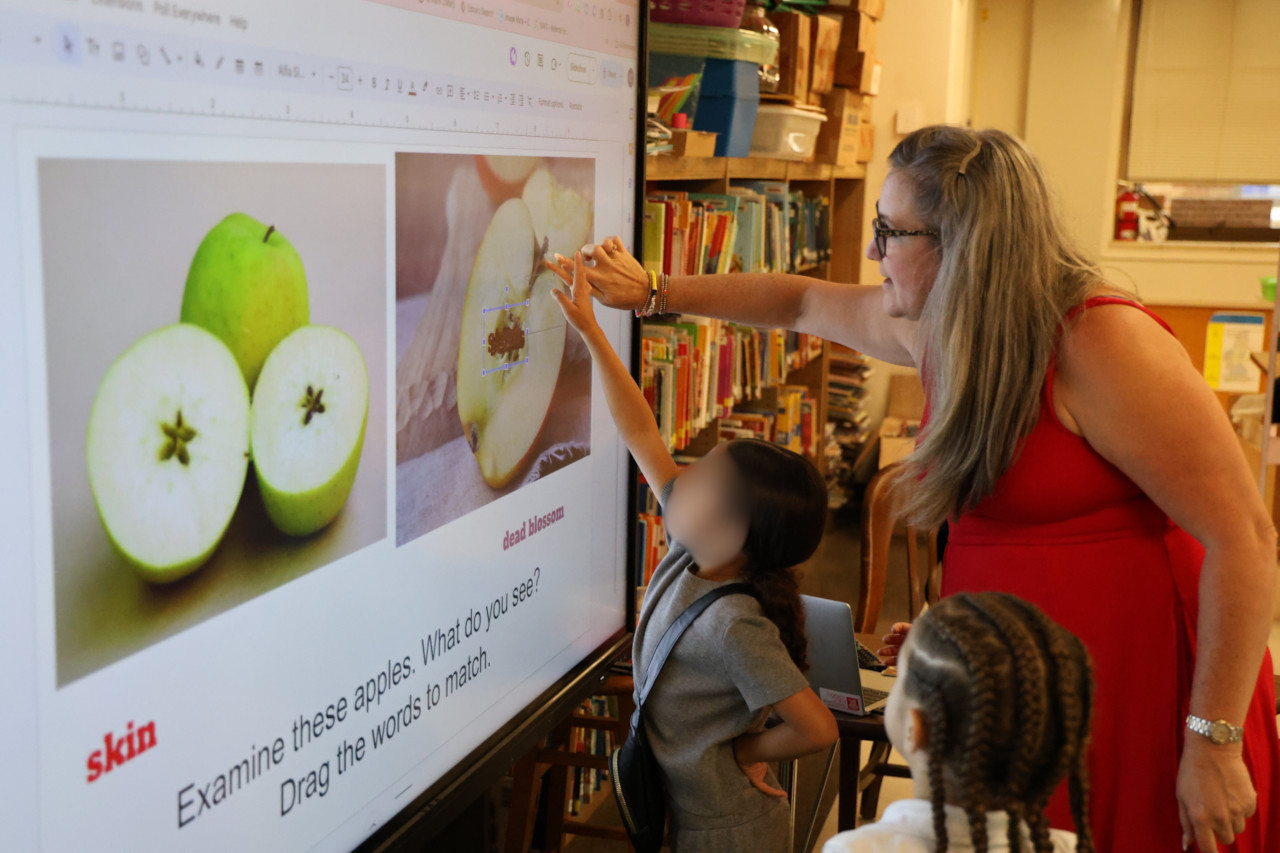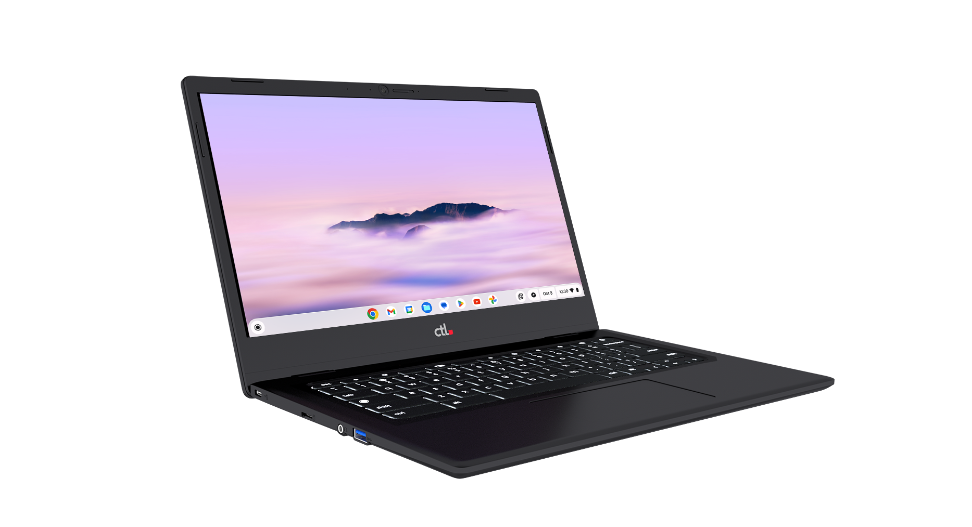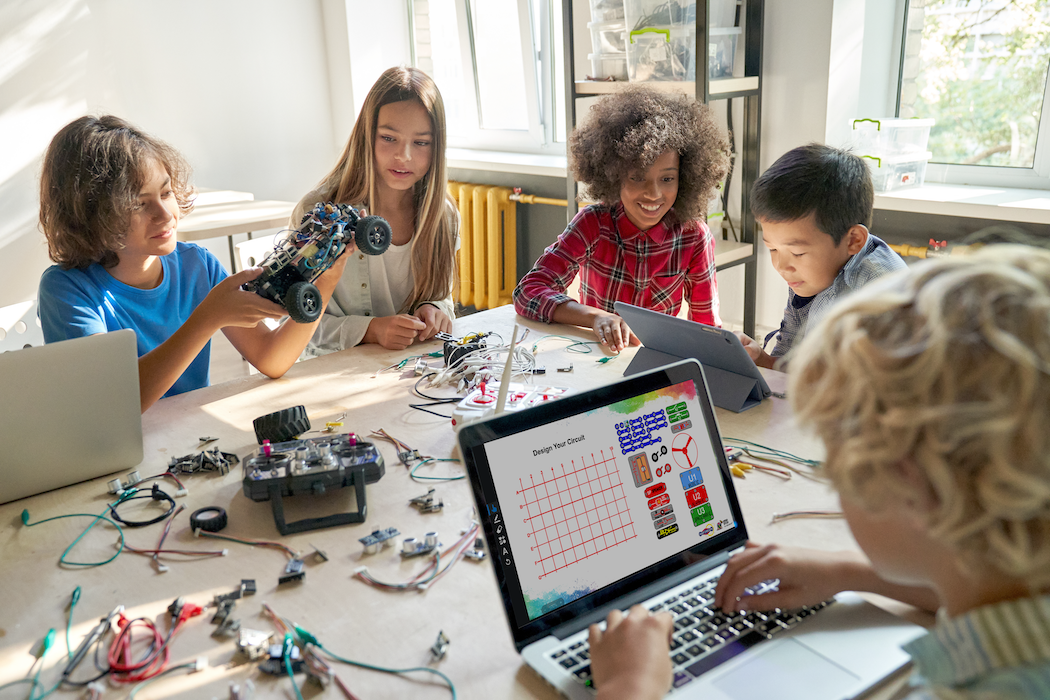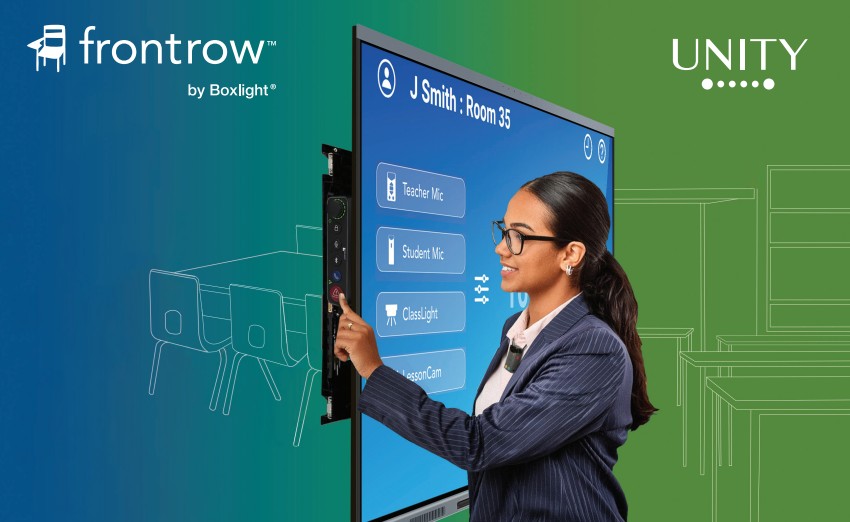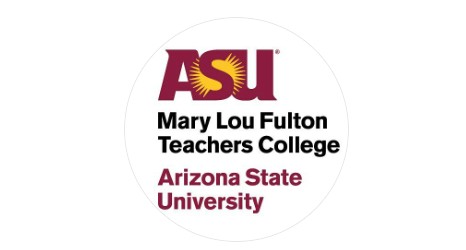EDITOR’S NOTE: WHEN SCIENCE FICTION BECOMES FACT

Covering the edtech space is never dull. The issues surrounding the impact of technology upon education—social media scare stories, data privacy disputes, debates about online student (and teacher) assessment, etc.—always make for great ink. But it’s also fun to simply report on the latest and greatest gear, things that just months ago were cool concepts but are now actually in the hands of students.
Three features in this month’s issue do just that. Contributing editor Ellen Ullman surveyed educators who are putting virtual reality (VR) techniques in play during class My favorite example was a group of first graders on a virtual field trip to the Sistine Chapel through Discovery Education’s new VR tool. After the children clicked and scrolled though the vaulted halls and ceilings in 360 degrees onscreen, the teacher instructed them to crawl under their desks and try to be Michelangelo by drawing on paper taped to the undersides. Not to be outdone, Sasha Sucher interviews Bobby Brian Lewis of Huntington Middle School in Warner Robbins (GA), who has figured out a way to integrate drones into math and science classes. And writer Tara Smith explores how new display technology has turned what was once a passive experience—remember overheads?—into true interactive, collaborative experiences for students.
Just three years ago, any of these experiences would have been the stuff of science fiction—a great idea but not a practical reality. I can only wonder what stories we will be covering three years hence. I can’t wait!
— Kevin Hogan
Content Director
khogan@nbmedia.com
Tech & Learning Newsletter
Tools and ideas to transform education. Sign up below.
